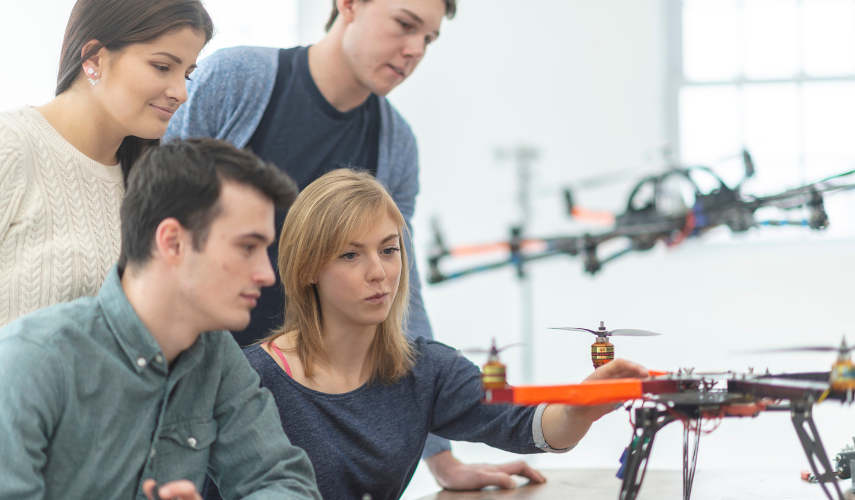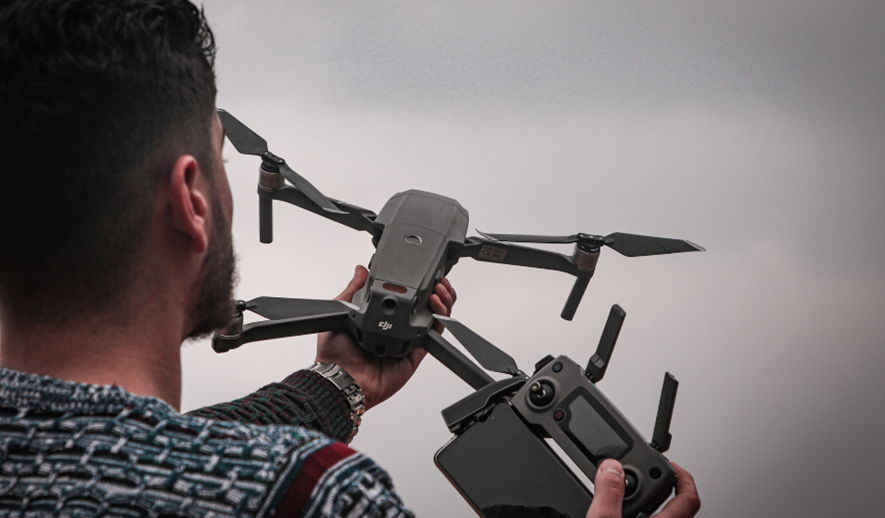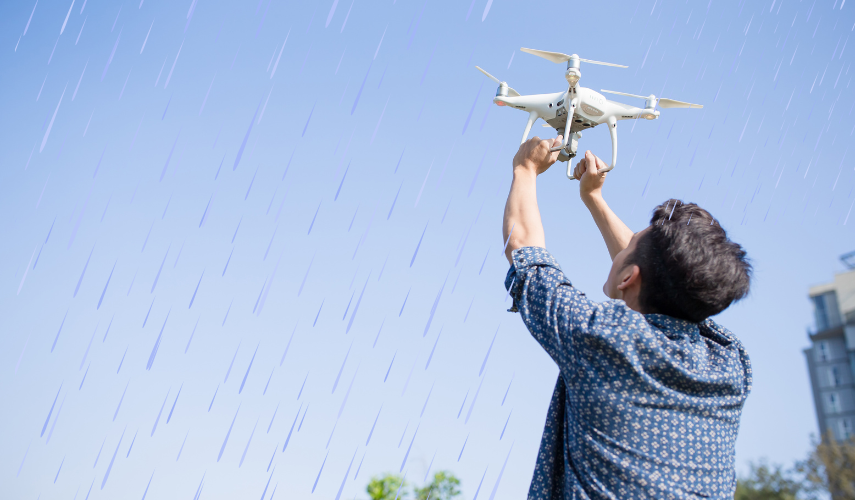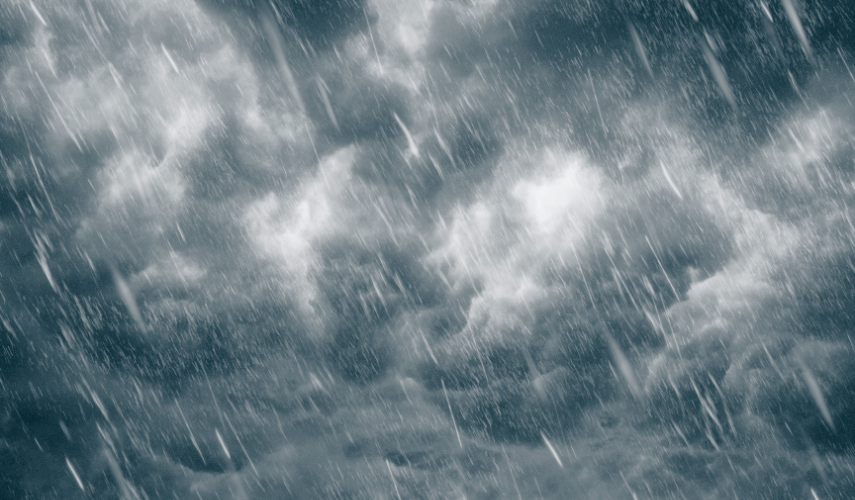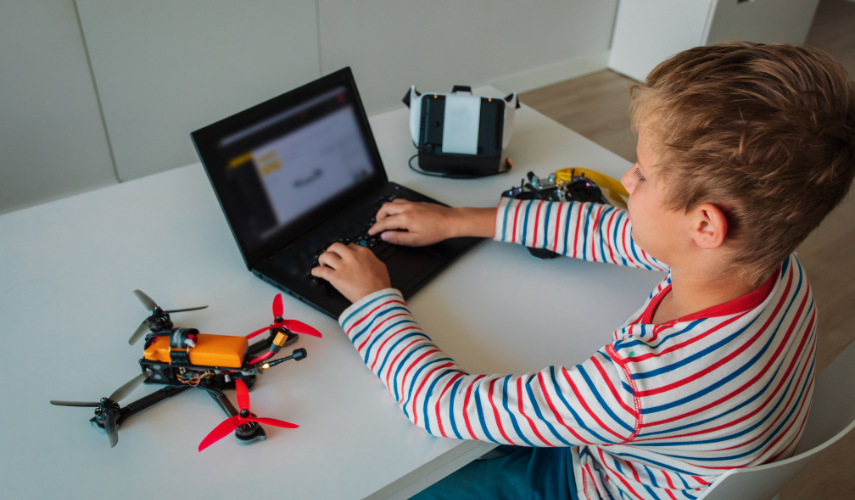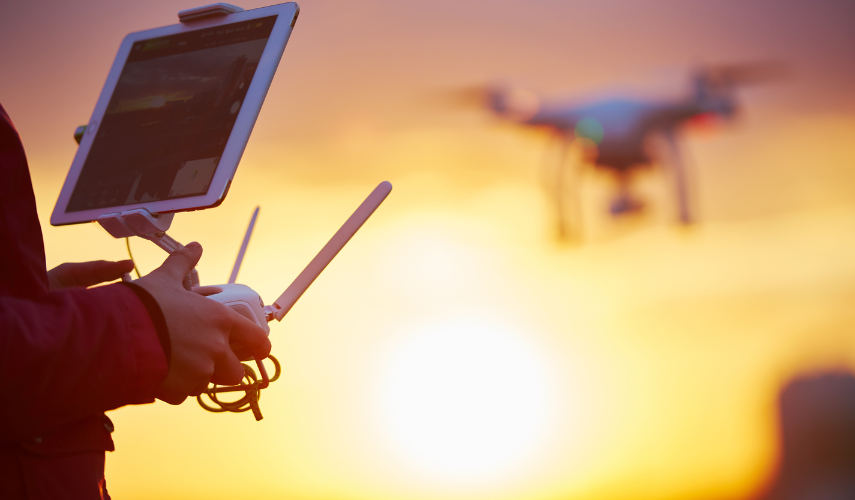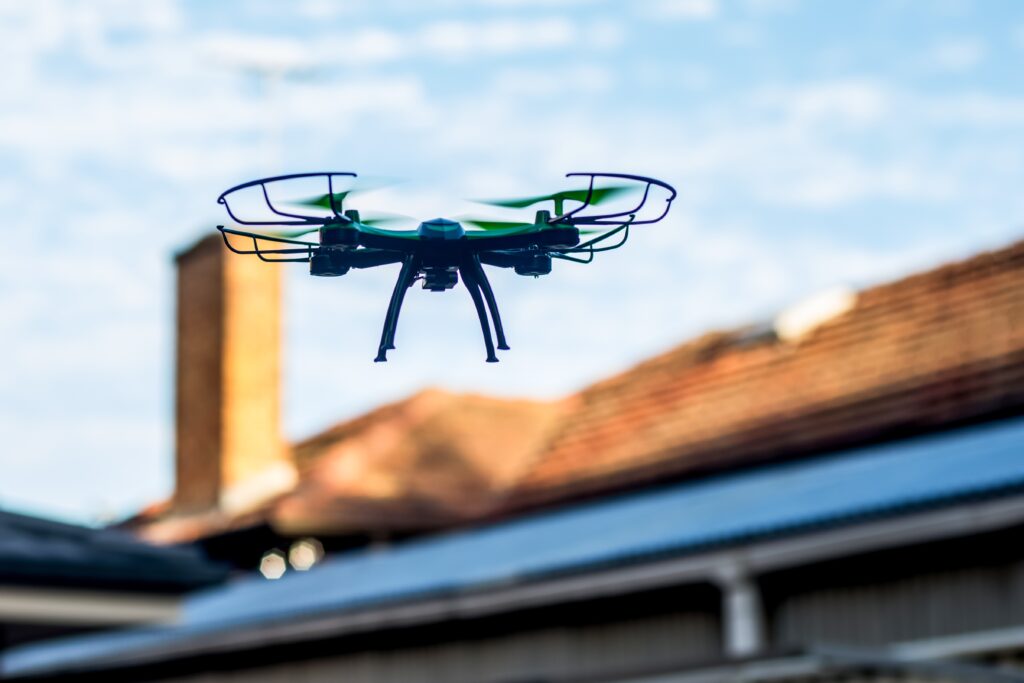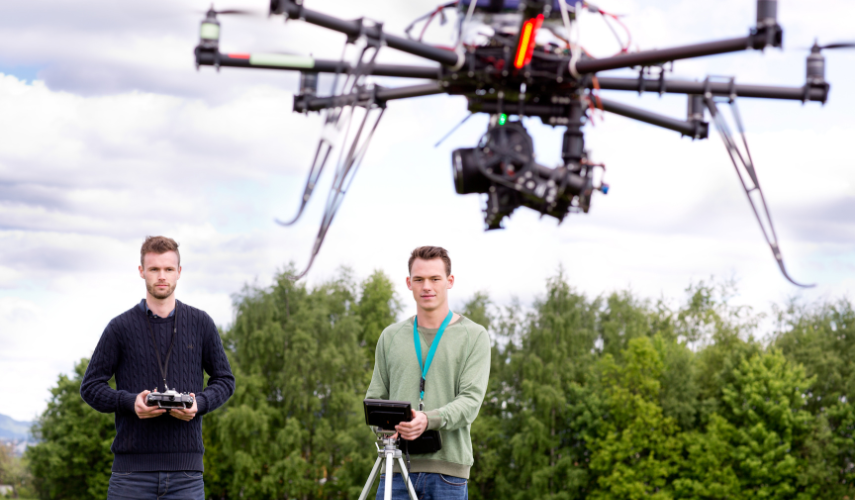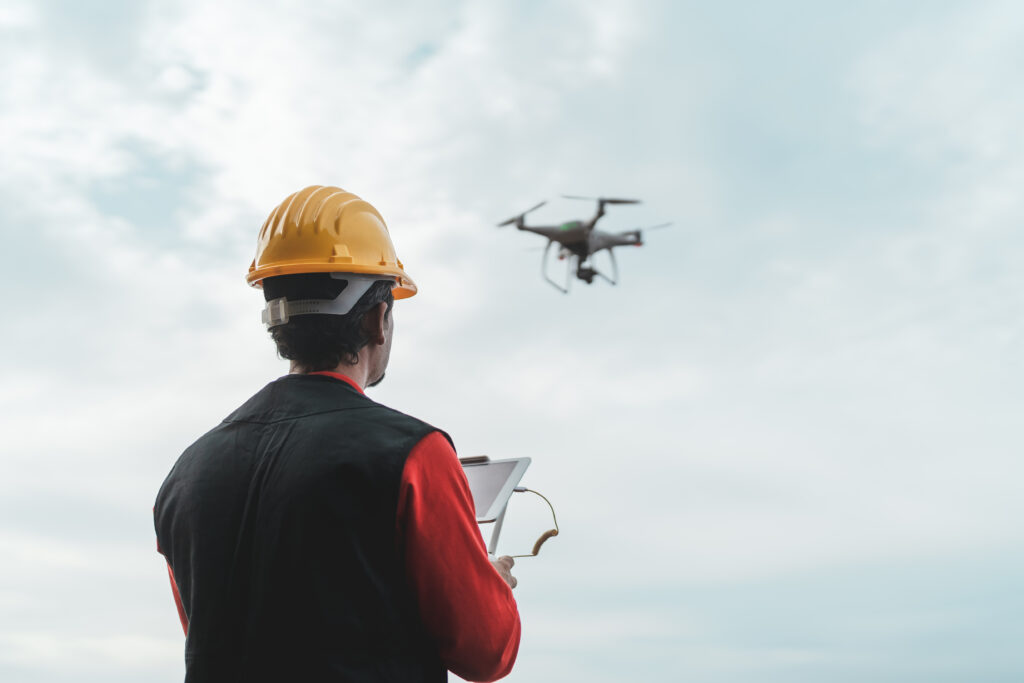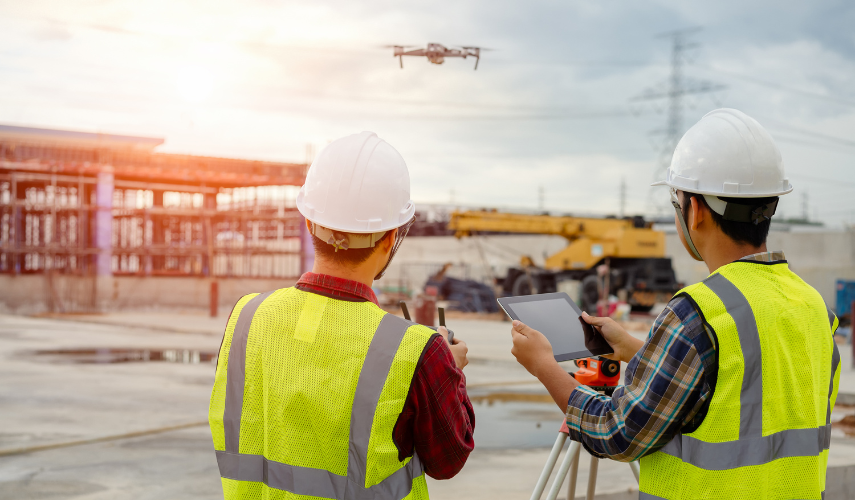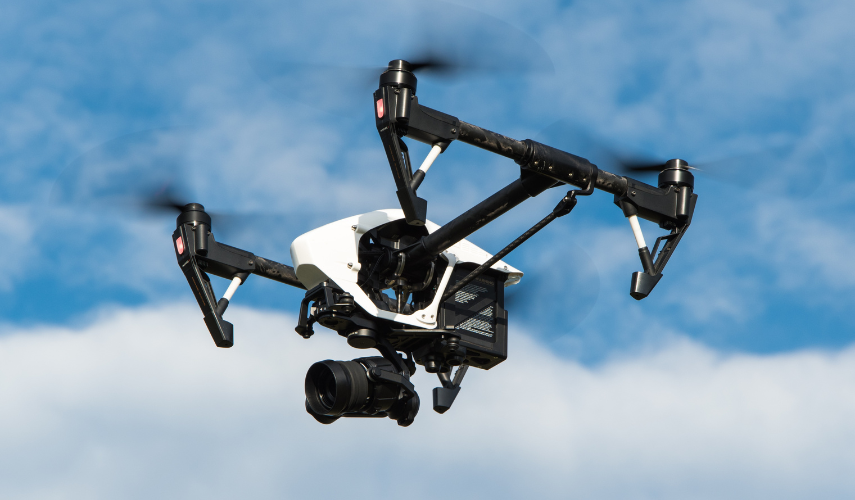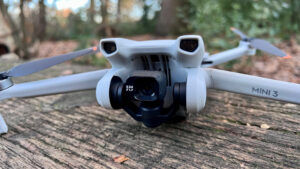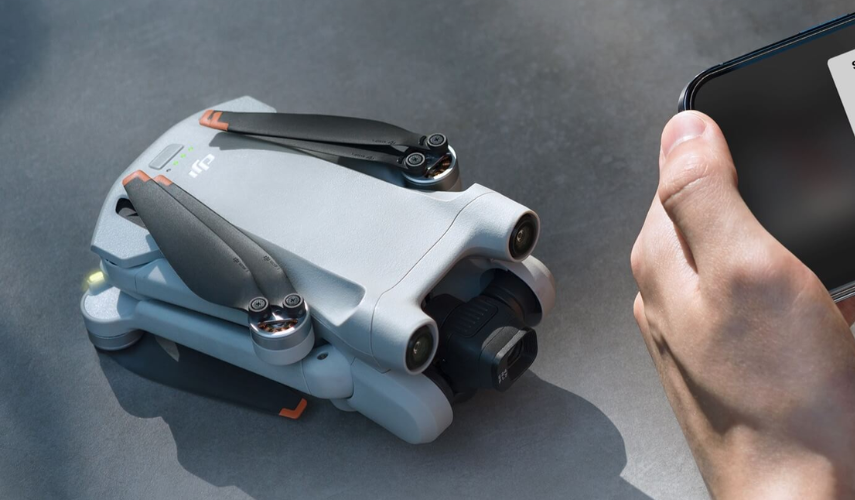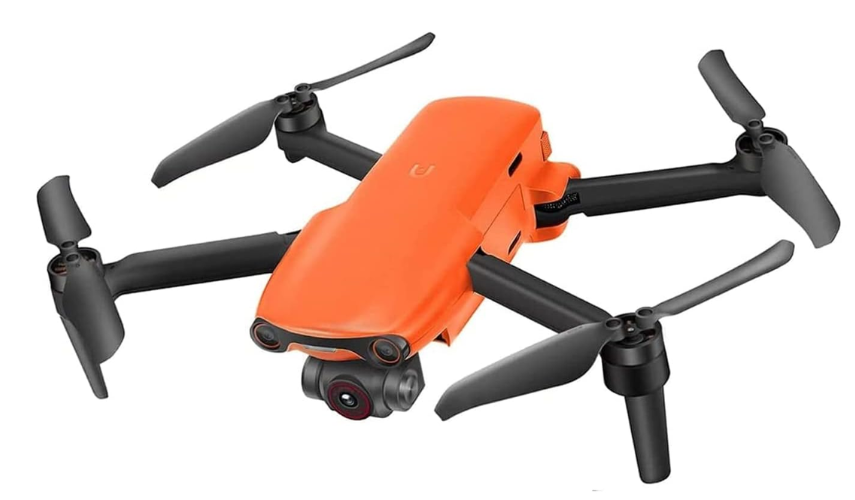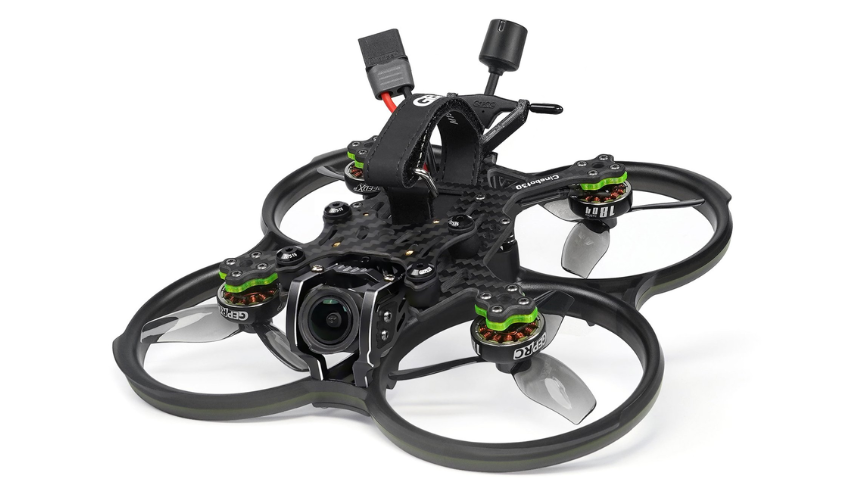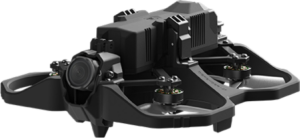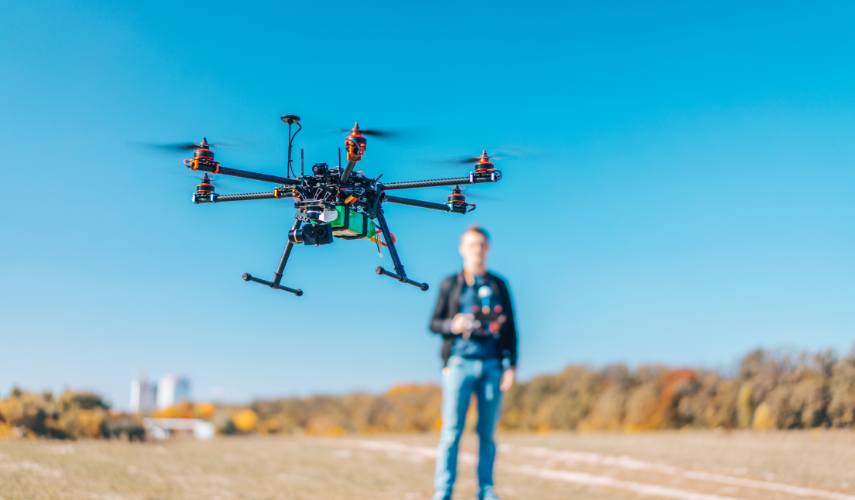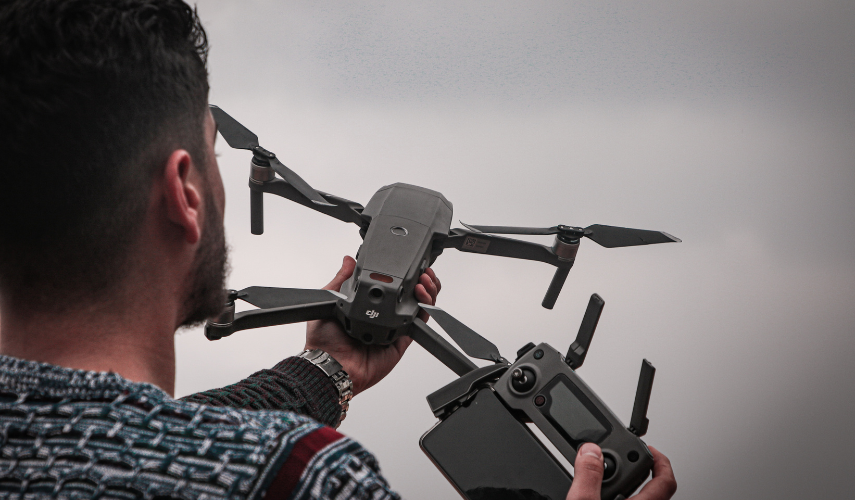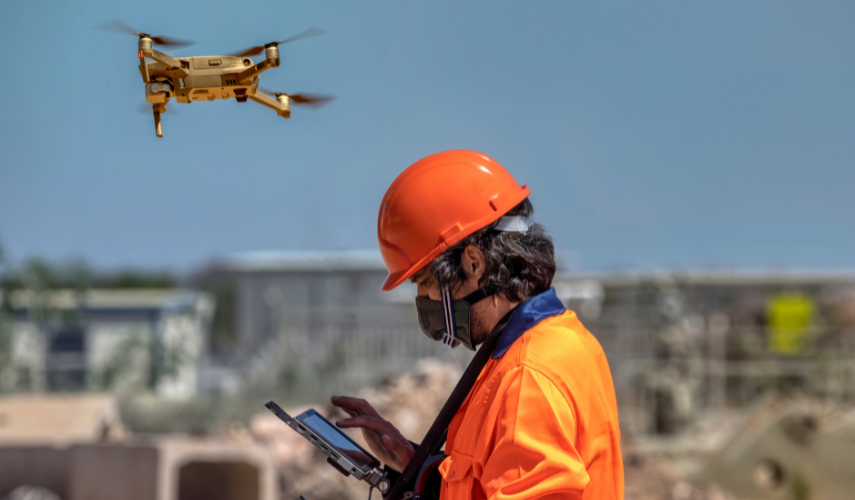Drones are excellent alternatives to encourage children to use technology as an entertainment tool, without being trapped in front of a computer or mobile phone for long hours of the day. Besides being fun, drones also offer unique opportunities for learning and skill development. That is why we have prepared this article, where we explain 7 educational drone games for kids, which you can put into practice with your little ones.
1. Drone races
You can organise drone races where children compete to reach the finish line first. Just set a starting point and a finish line. The first to reach the finish line wins the game.
The best thing about this game is that you don’t need to have drones with cameras, as the children will fly within the visible area. A simple but exciting activity that will test their piloting skills!
2. Hide and seek with drones
One of the best educational drone games for children is the traditional “Hide and Seek”. This is a modern version of the classic game, where children hide while a drone pilot searches from the air.
The rules are simple:
All participating children hide while the drone pilot waits for a few moments. Then, he starts searching for his classmates using the drone. The last one to be found is the winner.
The best part of this game is that you only need a drone with a camera, and the fun is guaranteed. And if you don’t have such equipment, then we invite you to discover the 5 best Mini Drones with camera.
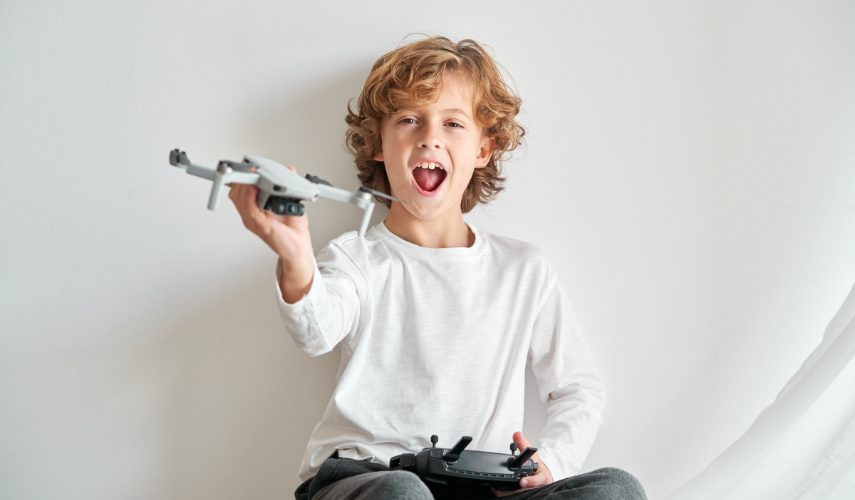
3. I Spy from the Sky
Add a new dimension to the game of I Spy by searching for objects from the air. You can increase the difficulty by asking children to look for specific objects or certain colours, and the one who gets the most correct guesses is the winner.
This is one of the best educational drone games for kids, as it encourages children to pay attention to detail while playing and having fun.
4. Avoiding obstacles
Another educational drone game for kids is the obstacle course. All you have to do is place obstacles in the flying area and challenge the kids to fly their drones carefully to avoid them.
The best part is that you can use anything from household objects to trees in the garden to create an exciting obstacle course.
5. Aerial treasure hunt
Another way to make educational drone games for kids is by creating an aerial treasure hunt.
To do this you will have to hide treasures in different places and give clues that the children can decipher from the air. You can have each of them take a turn, or invite them to work as a team to find the treasure faster, using the flying skills of their drones.
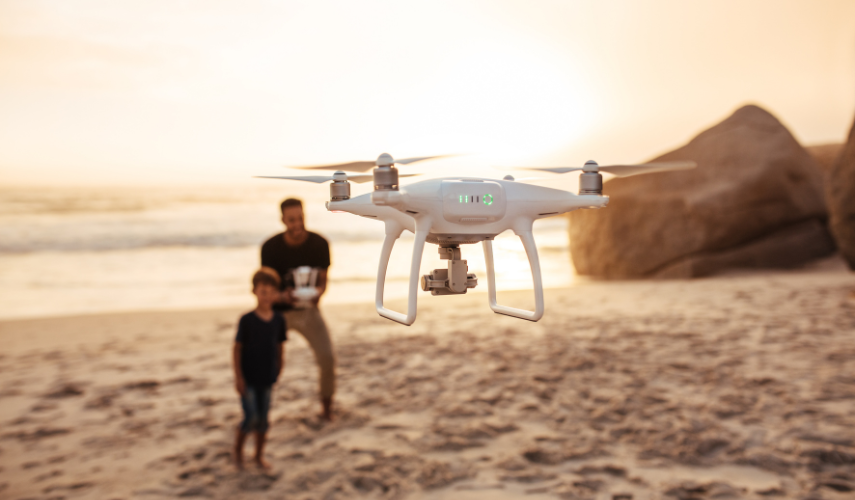
6. Aerial memory game
One of the best educational drone games for children is the traditional memory game, but adapted to heights. To put it into practice, you have to define a search area and tell the children to observe the flight area for a few minutes. Then they have to find the objects you show them in the shortest possible time.
This is an excellent way to improve children’s memory and observation skills while having fun.
7. Aerobatics Competition
For children with more advanced flying skills, you can organise a stunt contest where they can show off their best drone tricks. In this case, you can teach them the different moves that can be done with a drone, challenging them to do slightly more complicated manoeuvres including roll, pitch and yaw[1] with their drones.
This is a fun and exciting game, which serves to educate children on how to fly a drone correctly. For this, we recommend that you use one of these beginner drones that are quite easy to manoeuvre.
Now that you know what educational drone games you can play with your kids, it’s time to take the fun to the next level. Remember that educational drone games can provide hours of outdoor fun as children explore the world from a new perspective. However, it is important that you educate them about drone regulations in Spain, explaining where a drone can be flown and the importance of respecting the privacy of others.
